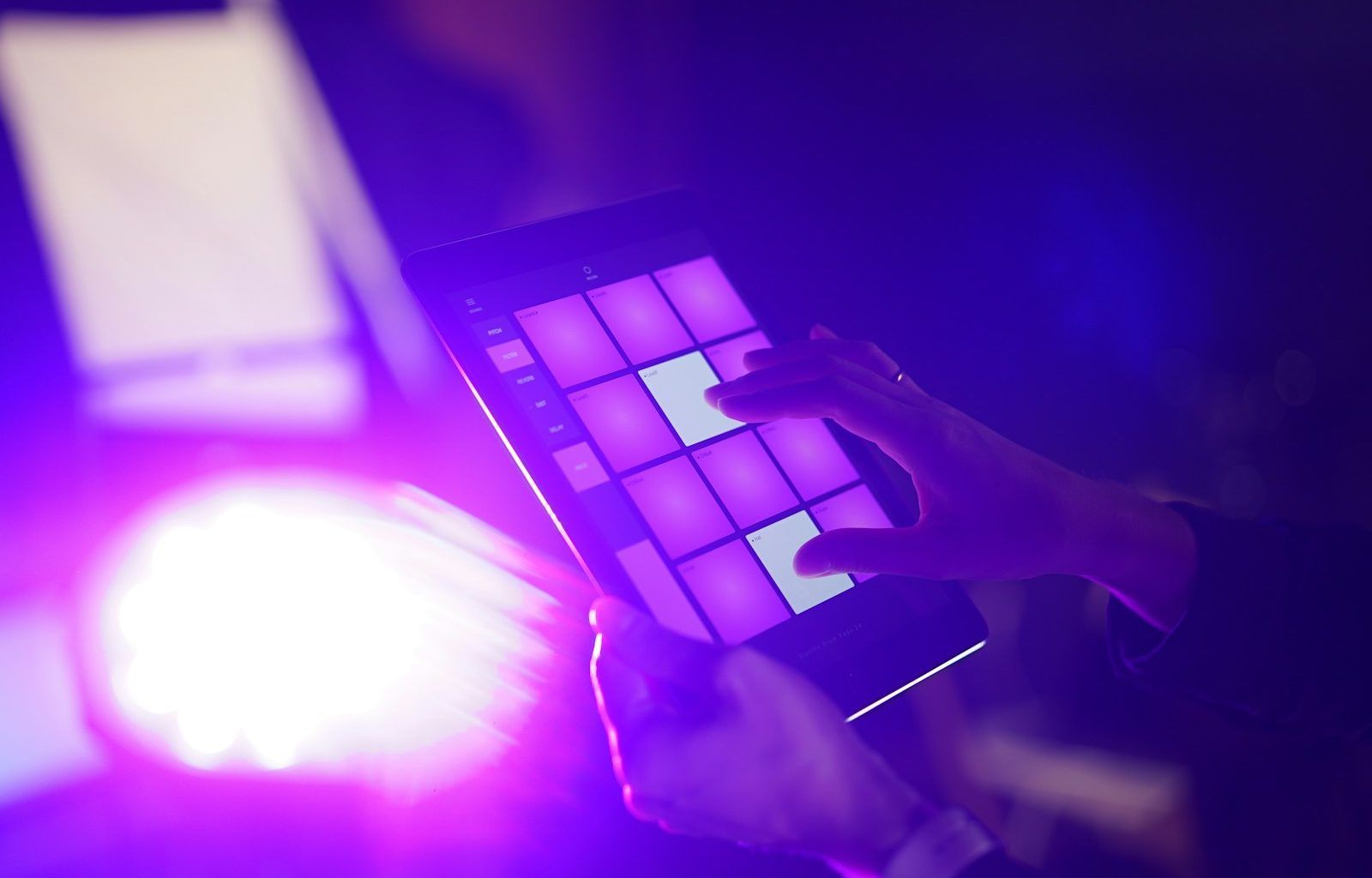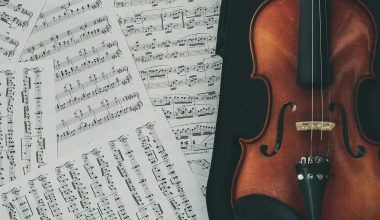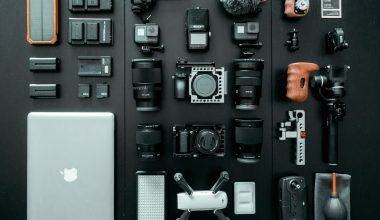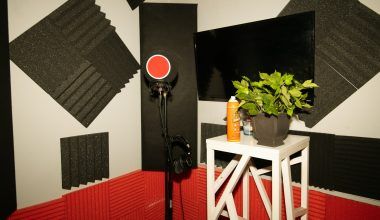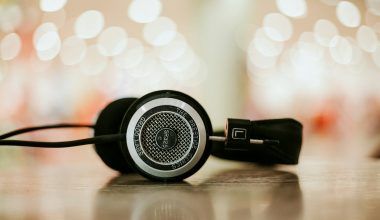If you’re into music production, podcasting, or any kind of audio creation, you’ve probably heard the term DAW. A DAW, or Digital Audio Workstation, is the heart of modern music production. Whether you’re a beginner dipping your toes into the world of sound or a professional aiming to refine your craft, choosing the right DAW can be a game-changer. But with so many options out there, it’s easy to feel overwhelmed. Which one is the best? Which one is the Most Used DAWs by professionals? Don’t worry—we’ve got you covered. Let’s dive deep into the world of DAWs, explore the top contenders, and help you find your perfect match.
What Is a DAW and Why Is It Important?
Before we jump into the list of the most used DAWs, let’s take a moment to understand what they actually do. A DAW is software used to record, edit, mix, and produce audio files. Think of it as a digital studio where all the magic happens.
Without a DAW, creating music in today’s digital age would be nearly impossible. Whether it’s a chart-topping single, a podcast episode, or an immersive film score, chances are it was created using a DAW. And because the right DAW can make or break your workflow, it’s crucial to pick one that suits your needs.
Why Some DAWs Are More Popular Than Others
Not all DAWs are created equal. While they all perform similar tasks, each one has its unique features, strengths, and quirks. The most used DAWs often stand out because they are versatile, user-friendly, and supported by a strong community. Here are some factors that make a DAW popular:
- Ease of Use: Beginners need intuitive interfaces, while pros value depth and customization.
- Compatibility: Does it work well with your hardware and plugins?
- Workflow Efficiency: Can it handle large projects without crashing?
- Genre-Specific Features: Some DAWs cater better to certain types of music production, like EDM or orchestral scores.
Now, let’s explore the most used DAWs in detail and see what makes them so special.
The Top Contenders for Most Used DAW
1. Ableton Live
Ableton Live is a favorite among electronic music producers. Known for its unique session view, it allows users to experiment with loops and arrangements in real time. Its intuitive interface and powerful MIDI capabilities make it a go-to for DJs and live performers.
One reason why Ableton Live is one of the most used DAWs is its speed. Producers can quickly sketch out ideas, tweak effects, and perform live without skipping a beat. Plus, its seamless integration with MIDI controllers makes it a dream for hands-on creators.
2. FL Studio
Formerly known as FruityLoops, FL Studio is a top choice for hip-hop and electronic music producers. Its easy-to-use interface and iconic step sequencer have made it a favorite among beginners and professionals alike.
FL Studio stands out as a most used DAW because it’s affordable, versatile, and packed with features. From its built-in synthesizers to its powerful automation tools, there’s a lot to love. Plus, it offers free lifetime updates—a rare perk in the software world.
3. Logic Pro
Exclusively available for Mac users, Logic Pro is an industry-standard DAW that offers incredible value for its price. It’s particularly popular among songwriters, pop producers, and film scorers.
What makes Logic Pro one of the most used DAWs is its combination of simplicity and depth. Beginners appreciate its drag-and-drop functionality, while pros enjoy advanced tools like Flex Time and Smart Tempo. And with Apple’s ecosystem integration, working across devices is a breeze.
4. Pro Tools
When it comes to professional studios, Pro Tools often tops the list. It’s considered the gold standard for audio recording, editing, and mixing.
Pro Tools is widely regarded as the most used DAW in the professional recording industry. Its advanced audio editing tools and seamless integration with high-end hardware make it indispensable for engineers and producers working on big-budget projects.
5. Cubase
Cubase has been around for decades and continues to be a reliable choice for many producers. It’s particularly popular in the world of orchestral and film music.
What makes Cubase a most used DAW is its versatility. Whether you’re scoring a symphony or producing a pop track, Cubase has the tools you need. Its chord track, MIDI capabilities, and advanced audio editing features are second to none.
6. GarageBand
For beginners and hobbyists, GarageBand is a fantastic starting point. Pre-installed on all Mac devices, it’s a simple yet powerful DAW that covers all the basics.
GarageBand might not be as feature-rich as its counterparts, but its accessibility makes it one of the most used DAWs among casual creators. And when you’re ready to level up, transitioning to Logic Pro is a natural next step.
7. Studio One
Studio One by PreSonus is a rising star in the DAW world. Known for its sleek interface and innovative features, it’s gaining traction among both beginners and pros.
One reason why Studio One is becoming a most used DAW is its drag-and-drop workflow. It’s fast, intuitive, and designed to keep your creativity flowing. Plus, it offers excellent integration with PreSonus hardware.
How to Choose the Best DAW for You
With so many options, how do you pick the right one? Start by asking yourself these questions:
- What’s your budget? Some DAWs are free, while others can be pricey.
- What’s your skill level? Beginners might prefer something simple like GarageBand, while pros might gravitate toward Pro Tools.
- What kind of music do you make? Different DAWs cater to different genres.
- What’s your workflow? Do you value speed, customization, or specific features?
Tips for Getting the Most Out of Your DAW
Once you’ve chosen a DAW, here are some tips to maximize its potential:
- Learn the shortcuts. Mastering hotkeys can save you hours of work.
- Explore tutorials. YouTube and online courses are goldmines for learning DAWs.
- Invest in plugins. Expand your sonic palette with third-party instruments and effects.
- Experiment. Don’t be afraid to try new things and push your DAW to its limits.
Final Thoughts
Choosing the most used DAW isn’t just about popularity—it’s about finding what works for you. Each DAW has its own strengths and weaknesses, so the best way to find your match is to dive in and experiment.
Remember, the tools are only part of the equation. At the end of the day, it’s your creativity and passion that bring the music to life. So, pick a DAW, start creating, and let the magic unfold.
For further reading, explore these related articles:
- The Ultimate Guide to Your Future New Album: From Idea to Release
- Top 100 Songs Worldwide: A Journey Through the Best Music Ever
For additional resources on music marketing and distribution, visit DMT Records Pvt. Ltd..
